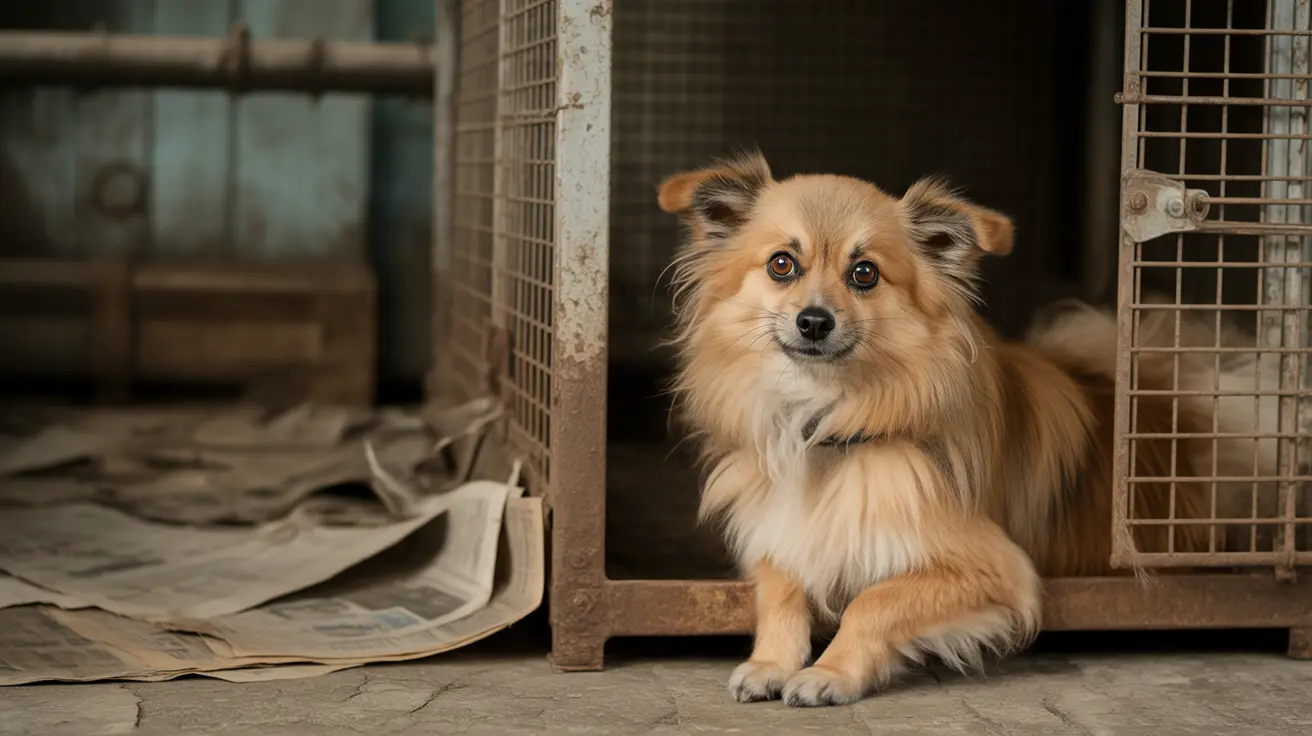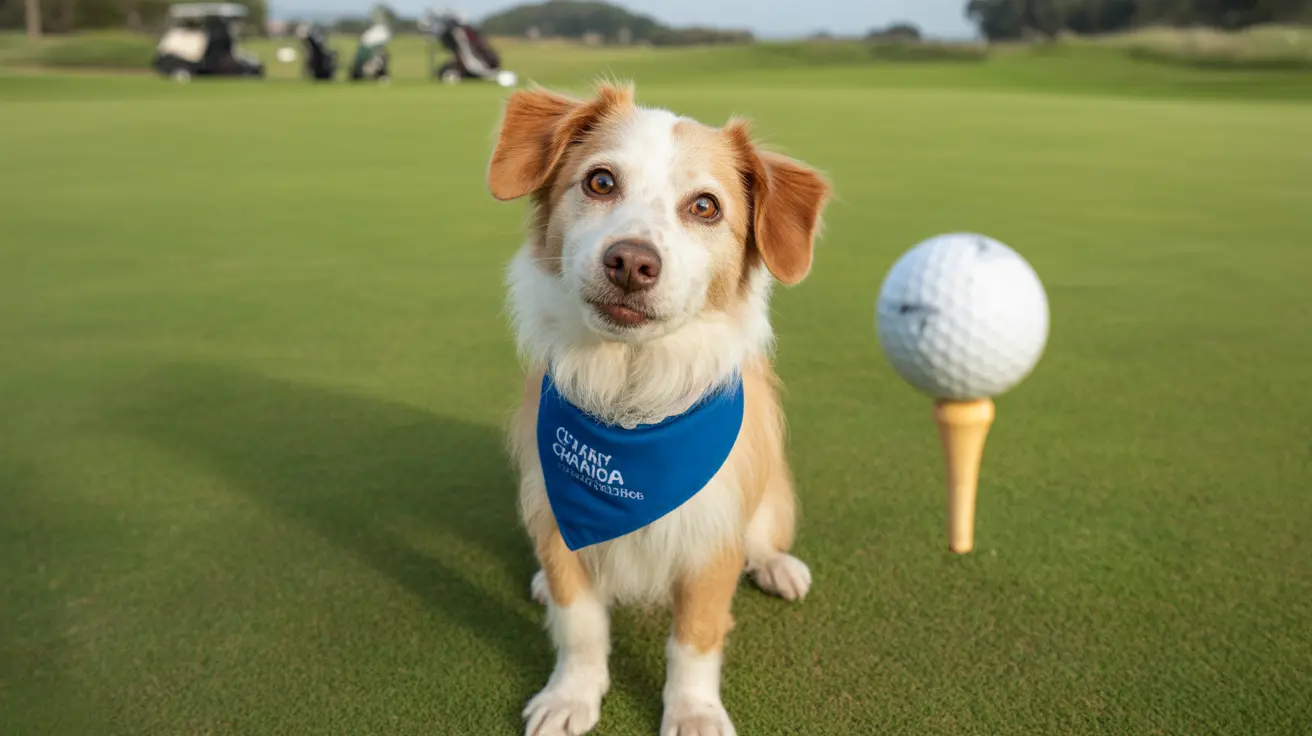Why Teaching "Stay Away" is Critical for Your Dog's Safety
Training your dog to understand and reliably respond to the "stay away" command is a fundamental aspect of responsible pet ownership. This crucial command not only helps maintain order in your household but can also prevent dangerous situations and protect your dog from potential hazards.
Whether you're dealing with a curious puppy or an adult dog with boundary issues, mastering the stay away command requires patience, consistency, and the right training approach. Let's explore the most effective methods to teach this essential command and create lasting behavioral changes in your four-legged friend.
Understanding the Basics of Stay Away Training
The foundation of successful stay away training lies in establishing clear boundaries and consistent communication with your dog. This command teaches your pet to maintain distance from specific areas, objects, or situations that could be dangerous or off-limits.
Before beginning training, it's important to understand that dogs learn through positive associations and immediate feedback. The goal is to help your dog associate staying away from certain areas with positive outcomes, rather than using punishment or negative reinforcement.
Setting Up for Success
Start training in a controlled environment with minimal distractions. Choose a specific area or object you want your dog to avoid, and gather these essential items:
- High-value treats for positive reinforcement
- A clicker (if using clicker training)
- A leash for initial training sessions
- Boundary markers (if needed)
Progressive Training Techniques
Starting with Basic Boundaries
Begin with these fundamental steps:
- Choose a clear boundary line or restricted area
- Walk your dog on leash near the boundary
- Reward them for stopping or showing hesitation
- Add the verbal cue "stay away" when they display the desired behavior
- Gradually increase the challenge by adding distractions
Advanced Training Methods
Once your dog masters the basics, advance to more challenging scenarios:
- Practice with different types of boundaries
- Increase distance and duration
- Add movement and distractions
- Work in various environments
- Practice off-leash in safe areas
Troubleshooting Common Challenges
Address these frequent training obstacles:
- Inconsistent responses
- Difficulty with high-distraction environments
- Regression in training progress
- Over-excitement around new boundaries
Maintaining and Reinforcing the Command
Regular practice and consistent reinforcement are key to long-term success. Schedule brief training sessions throughout the week, and always reward proper behavior to maintain reliability.
Frequently Asked Questions
How do I effectively teach my dog the "stay" command to prevent them from running into dangerous areas?
Start in a quiet area with your dog on leash. Use clear verbal cues, hand signals, and positive reinforcement. Begin with short distances and durations, gradually increasing both as your dog succeeds. Always reward compliance immediately.
What are the best steps to train my dog to stay away from the dinner table or other off-limit zones?
Establish a clear boundary line, use consistent commands, and reward your dog for maintaining distance. Create a comfortable alternative spot for your dog during meals, and practice the "place" or "go to bed" command in conjunction with "stay away."
How can I gradually increase the duration and distance when training my dog to stay reliably?
Follow the "3D" principle: Distance, Duration, and Distraction. Increase each element separately, starting with short distances and durations. Add one second or one step at a time, only progressing when your dog shows consistent success.
What methods and rewards work best to reinforce the "stay away" behavior in distracting environments?
Use high-value treats, clear verbal markers, and consistent body language. Practice in progressively more challenging environments, and maintain a high rate of reinforcement when introducing new distractions.
When should I start teaching critical commands like "stay" and "leave it" to ensure my puppy's safety?
Begin basic training as early as 8 weeks old, focusing on short, positive sessions. Start with simple commands in quiet environments, gradually building to more complex behaviors as your puppy matures and shows readiness for advanced training.
The Path to Long-Term Success
Remember that successful stay away dog training requires patience, consistency, and positive reinforcement. Keep training sessions short and enjoyable, and celebrate your dog's progress along the way. With dedication and the right approach, you'll develop a reliable command that helps keep your dog safe and well-behaved in any situation.






